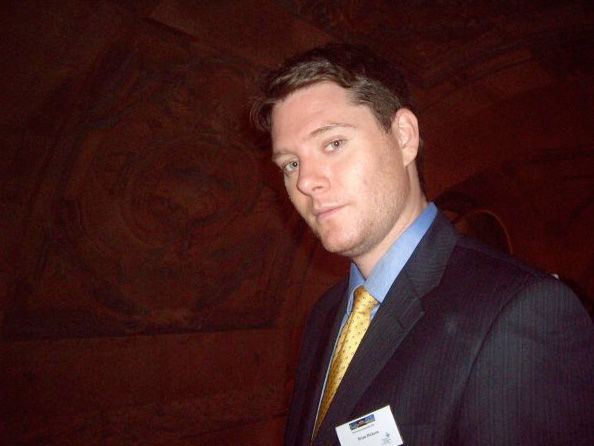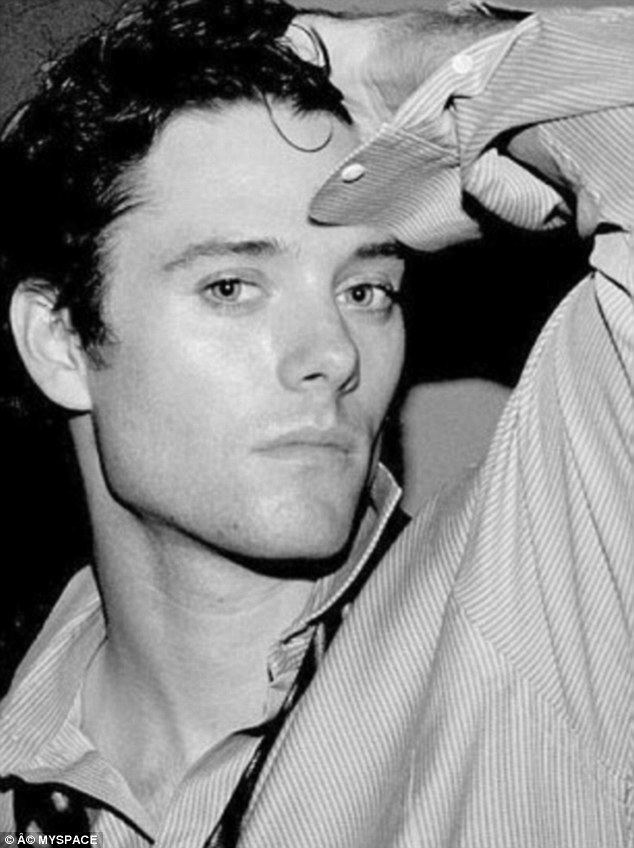Awards Mentioned in dispatches | Nominated by Pierre Trudeau Role Lawyer Name Brian Dickson | |
 | ||
Full Name Robert George Brian Dickson Spouse(s) Barbara Dickson, nee Sellers Service/branch Royal Regiment of Canadian Artillery Battles and wars Normandy Campaign, Falaise Pocket | ||
The Right Honourable Brian Dickson: A Life in the Service of Canada, Brian Dickson Law Library
Robert George Brian Dickson, PC CC CD (May 25, 1916 – October 17, 1998), commonly known as Brian Dickson, was a Canadian lawyer, military officer, and judge. He was appointed a puisne justice of the Supreme Court of Canada on March 26, 1973, and subsequently appointed the 15th Chief Justice of Canada on April 18, 1984. He retired on June 30, 1990.
Contents
- The Right Honourable Brian Dickson A Life in the Service of Canada Brian Dickson Law Library
- The right honourable brian dickson a life in the service of canada
- Early life and family
- Military career
- Legal career
- Community involvement
- Judicial career
- Later life and death
- Honours
- References

Dickson's tenure as Chief Justice coincided with the first wave of cases under the new Canadian Charter of Rights and Freedoms which reached the Supreme Court from 1984 onwards. Dickson wrote several very influential judgments dealing with the Charter, and laid the groundwork for the approach that the courts would take to the Charter.

The right honourable brian dickson a life in the service of canada
Early life and family

Dickson was born to Thomas Dickson and Sarah Elizabeth Gibson, in Yorkton, Saskatchewan, in 1916, although the family lived at that time in Wynyard. His adolescence and young adulthood occurred during the Great Depression and the Dust Bowl years, which hit the Canadian prairies particularly hard.

Dickson's father was a bank manager, and the family was eventually transferred to Regina, the capital of Saskatchewan. Dickson attended high school at the Central Collegiate, where two of his classmates were William Lederman and Alexander "Sandy" MacPherson. All three would go into law, with Lederman becoming one of Canada's leading constitutional scholars, and MacPherson becoming a justice of the Saskatchewan Court of Queen's Bench. In later years, Dickson would reminisce that "Bill was always first in our class, and Sandy and I were fighting for second and third."
Sandy MacPherson's father was M.A. MacPherson, the Attorney General for Saskatchewan. When the Legislature was sitting in the evenings, Dickson and Sandy MacPherson would come in the evenings to the Attorney General's office to do their homework, and then sit in the galleries of the Assembly and listen to the debates. Dickson said that his interest in the law was triggered by that experience.
The Dickson family later moved to Winnipeg, where Dickson attended the University of Manitoba after graduating from Ridley College in 1934. He was a member of the Zeta Psi fraternity. In 1938, Dickson graduated with a Bachelor of Laws, earning the gold medal for his class. His first permanent job was with the Great-West Life Assurance Company, where he worked in the investment section for two years.
It was in Winnipeg as a young law student that Dickson met his future wife, Barbara Sellers. They married in Winnipeg in 1943, when Dickson was back from Europe to attend military staff training in Kingston.
Military career
Dickson was called to the bar in 1940, but before practising law, he enlisted in the Canadian armed forces for active service. He had joined the military reserve in 1939, on the outbreak of World War II. In June 1940, he and his friend from law school, Clarence Shepard, signed up for active duty as second lieutenants with the Royal Canadian Artillery, joining the 38th Field Battery in Winnipeg. In August 1940, he volunteered for overseas service.
Lieutenant Dickson sailed in February 1941 for Britain with the 3rd Light Anti-Aircraft Regiment. His abilities attracted notice and he was chosen for staff training, returning to Canada for a course in 1943, followed with a tour of duty in British Columbia as brigade major with the Royal Canadian Artillery. In 1944, Dickson volunteered to return to Europe as a captain. He was posted to the 2nd Canadian Army Group, Royal Canadian Artillery, and distinguished himself in Normandy, being mentioned in dispatches.
In August 1944, during the battle of Falaise Gap, Dickson was hit by friendly fire and severely wounded, leading to the amputation of his right leg. By coincidence, two of his friends, Bill Ledermen and Clarence Shepard, were both serving in the area and witnessed the attack. They later remembered the frantic attempts to have the attack called off, not knowing at the time that Dickson was in the target area. He was discharged from the army in April 1945.
Years later, when he came to Ottawa, Dickson renewed his ties to the military. In 1983 he accepted the honorary lieutenant-colonelship of the 30th Field Regiment, Royal Canadian Artillery, and was its honorary colonel from 1988 to 1992.
Legal career
Dickson returned to Winnipeg in 1945 at the end of the war, joined the law firm of Aikins, Loftus, MacAulay, Turner, Thompson & Tritschler. He became a successful corporate lawyer, and also lectured at the Faculty of Law of the University of Manitoba for six years, until 1954. In 1963, he was on a volunteer committee of the Canadian Bar Association which assisted the Manitoba government in preparing a new Companies Act. Two other volunteers on the committee were Lorne Campbell and Irwin Dorfman both of whom would serve as national president of the Canadian Bar Association.
Community involvement
In 1950, Dickson volunteered to be head of the Manitoba Red Cross, on the suggestion of a partner who told him it would only involve a few meetings a year. Instead, Dickson took the position just in time for the 1950 Red River flood, with the Red reaching the highest level since 1861. Winnipeg itself was inundated, four of eleven bridges were destroyed, and over 100,000 people had to be evacuated. Dickson took charge of the relief effort by the Red Cross, not seeing his law office for six weeks. Under his direction, the Red Cross mobilised 4,000 volunteers, evacuated thousands, and provided support to the people working on the dykes. He later admitted that he ran the Red Cross volunteers like an army.
Dickson also served as chancellor (legal advisor) for the Anglican Diocese of Rupert's Land.
Judicial career
In 1963 Dickson was appointed to the Court of Queen's Bench of Manitoba and in 1967 was elevated to the Manitoba Court of Appeal. He was appointed a puisne justice of the Supreme Court of Canada on March 26, 1973. On April 18, 1984, he was elevated to Chief Justice of Canada over the more senior Roland Ritchie, who was a year away from mandatory retirement at age 75 and was in ill health.
During his early years on the Supreme Court, Dickson frequently joined with Justice Laskin and Justice Spence on cases involving civil liberties, often in dissent from the more conservative majority on the Court. The grouping was colloquially referred to as the "LSD connection."
Having come from a corporate law background, Dickson often contributed to the judgments in that field. He also developed a reputation as an important authority on constitutional law, originally relating to law of Canadian federalism and later, the groundwork for the new Canadian Charter of Rights and Freedoms.
Dickson participated in the 1981 Patriation Reference, which considered Prime Minister Pierre Trudeau's attempt to have the federal government unilaterally patriate the Constitution of Canada without the consent of the provinces. By a 7-2 division, a majority of the Court held that Parliament had the legal authority to act unilaterally. However, by a division of 6-3, the Court also held that unilateral federal action would violate a constitutional convention that had emerged since Confederation, requiring substantial provincial agreement on constitutional amendments. Dickson, along with the three judges from Quebec, was in the majority on both issues: he agreed that Parliament had the legal authority to act unilaterally, but also agreed that a constitutional convention required a substantive degree of provincial agreement for major constitutional amendments.
With the introduction of the Charter in 1982, Dickson made many major contributions to the early standards of interpretation. Among his most famous decisions was that of R. v. Oakes where he proposed the analytical framework for section 1 of the Charter, now known as the "Oakes test". In R. v. Big M Drug Mart he gave a broad interpretation to the guarantee of freedom of religion set out in section 2 of the Charter, and in R. v. Morgentaler he found that the restrictions on abortions set out in the Criminal Code violated a woman's security of person, contrary to section 7 of the Charter.
Later life and death
Dickson served on the Supreme Court for 17 years before retiring on June 30, 1990. He died on October 17, 1998, at the age of 82.
Honours
In 1990 Dickson was made a Companion of the Order of Canada. In addition to his military service and his ground-breaking judgments on the Charter, the citation mentions his Red Cross volunteerism and service in other humanitarian causes.
The library of the University of Ottawa's Faculty of Law is named for him. It contains many of his papers and personal effects.
